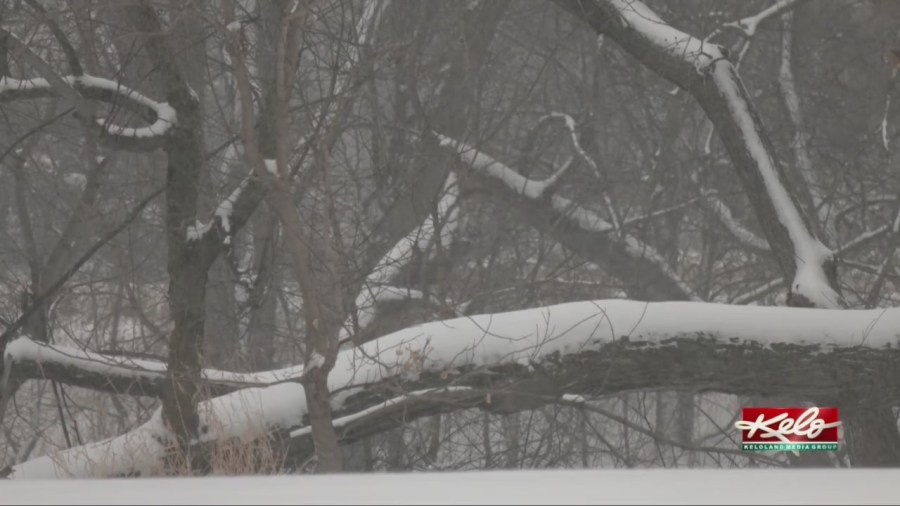SIOUX FALLS, S.D. (KELO) — After a very slow start to the winter season, February has been trying to make up for lost time with two snow events over the course of four days. Being able to confirm who saw what in terms of snow totals is part of the process of forecasting, and you can help.
Mom of Emily Eirinberg reflects on community support
You can create your own snowboard…and no, not the one you would ride at Great Bear. All you need is a sixteen-inch by sixteen-inch board painted white on top. If you don’t have that, a spot on your deck or a picnic table will work…as long as it’s twenty to thirty feet away from the house and it’s in an unobstructed part of your yard.
If you’re only using one board, you’ll want to clean the board after each new measurement. You can have a second board next to the first that stays covered through the duration of the event if you want. Either way, make sure there is no snow from a prior event before measuring. When you make your observation, your measurement should be to the nearest tenth of an inch. Multiple measurements may be needed if drifting is occurring.
Once you make your observation, clean off the board and wait for the next time to jot down another observation. When the event is over, add everything up and you’ll have your total.
From there, you can send your individual observations or grand totals to your local NWS Bureau. These observations help show what’s happening in your literal backyard, which in turn helps keep meteorologists informed of whether a storm is behaving as expected or is throwing a last-second curveball.



